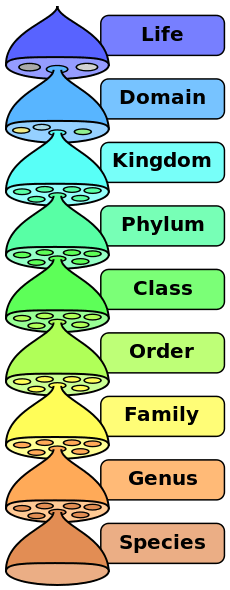Classification systems of living beings
Almost 3 million different species of living beings are currently known, although it is believed that there may be between 5 and 50 million species, not counting those that are already extinct. This variety of living things is called biodiversity.
Scientists, in order to study such a variety of living beings, have tried to classify them into groups, ordering them according to their characteristics. The science that deals with the classification of living things is taxonomy.
In our daily lives, classifications are also necessary. If I need window cleaner and I walk into a supermarket I don't know, I'll quickly locate it when I see the cleaning products aisle. This is so because the products are well classified. The same would happen to me if I want to find a book in the library. It won't take me long to find it if they're sorted properly, but if they're sorted by color or size, it'll be hard to find.
The Greek philosopher and scientist Aristotle (384 BC - 322 BC) was the first to classify living beings into two groups based on their external appearance:
- Plants: with flowers or without flowers.
- Animals: with or without red blood, and viviparous and oviparous animals.
A disciple of Aristotle, Theophrastus (371 BC - 287 BC) classified plants into trees, shrubs, and herbs.
These classification systems were maintained for many centuries, but when explorers in the 16th and 17th centuries discovered many new species from other distant lands, other systems had to be found to classify them.
